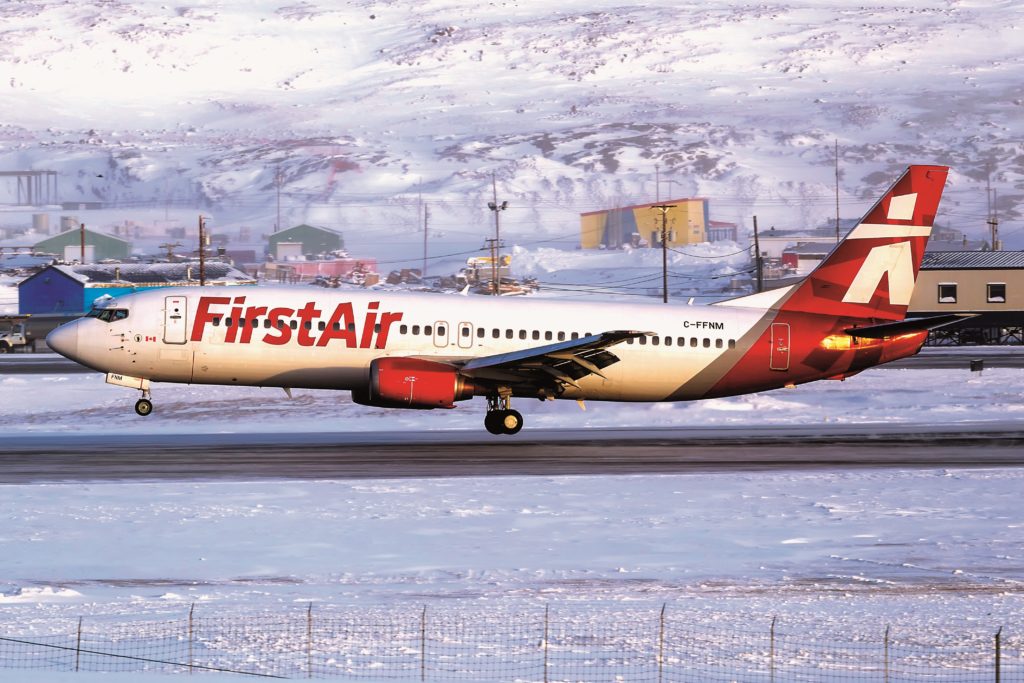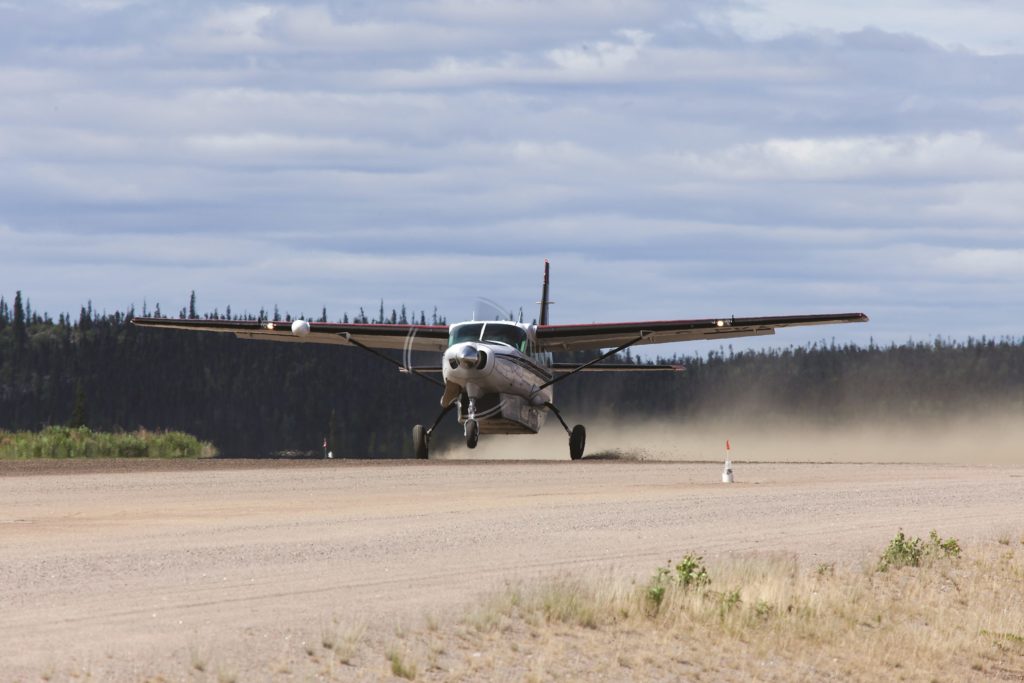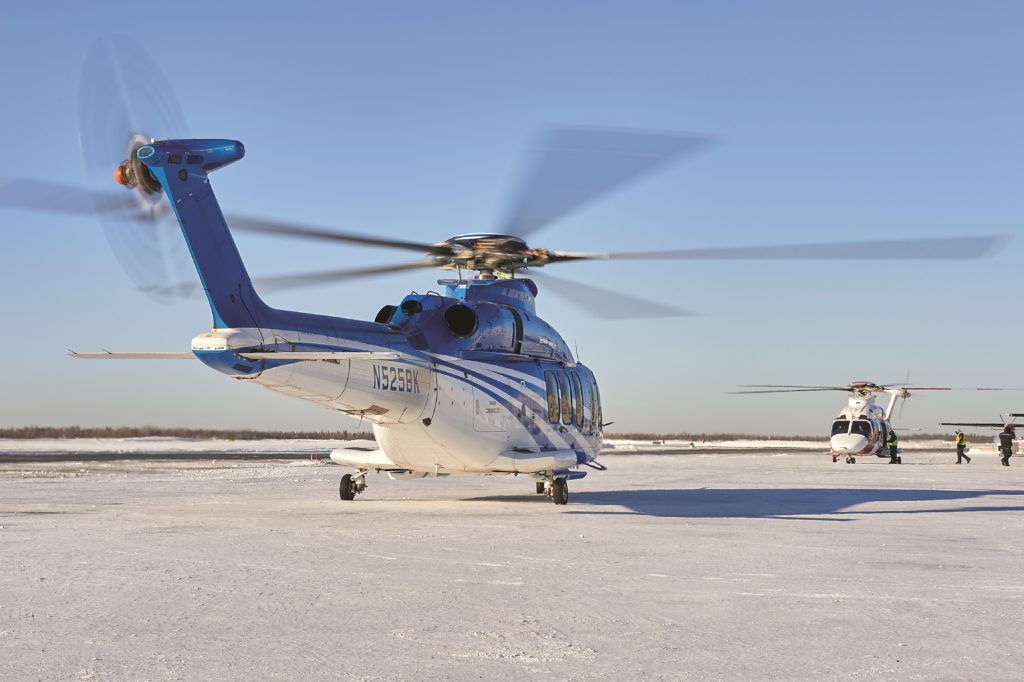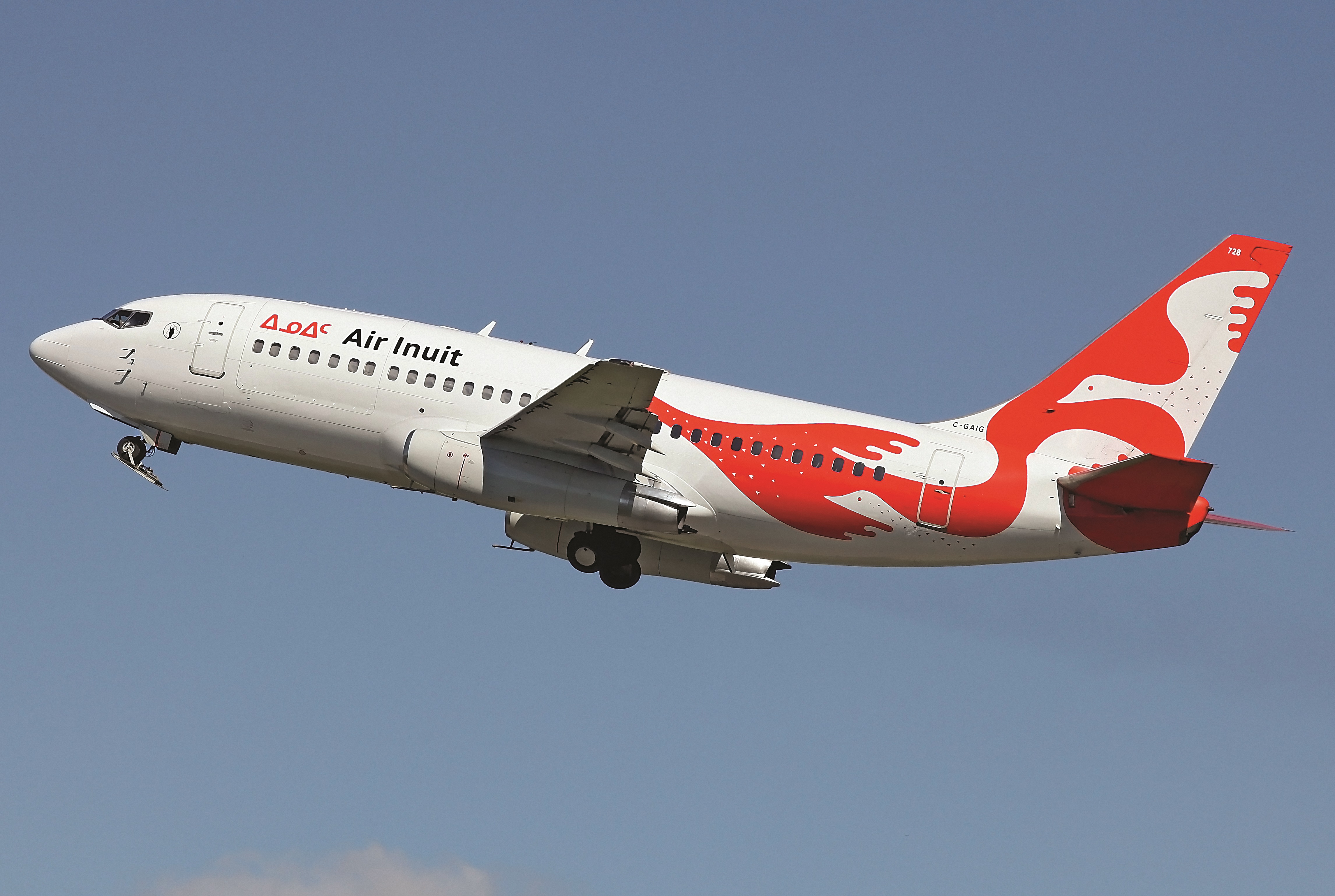Estimated reading time 8 minutes, 28 seconds.
Since it was founded as the voice of northern and remote aviation in 1977, the Northern Air Transport Association (NATA) has been publishing a list of annual resolutions that serves as a road map to guide the group’s activities during the coming year.

Following NATA’s 43rd annual general meeting in Yellowknife, N.W.T., held from April 29 to May 1, the association’s board of directors zeroed in on four main priorities to tackle over the next 12 months.
“The resolutions clearly define what is important to us,” explained NATA executive director Glenn Priestley. “NATA was developed to help the economic development of the North and these resolutions apply to that. We put them on our website and it keeps the association focused, even though other issues always come up.”
Personnel plan
At the top of NATA’s 2019 resolutions list is a plan to increase the number of northern youths in the aviation industry. There is an ongoing challenge to staff just about any industry position, from ground handlers to aircraft maintenance engineers to management.
“In southern Canada, they are focusing on a lack of flight crew,” said Priestley. “But in the North, we have a hard time getting the right skill set. We’ve always had to spend a lot of time taking southern pilots and turning them into northern pilots. Many pilots got their start in the North, and then they leave. The goal is to attract people interested in the lifestyle and hopefully have them stay a bit longer, as many have had a great career.”
As Priestley said, the present reality in Canada — including the North — is there are jobs without people, and people without jobs. NATA believes the solution rests in federally-funded support for vocational training and new hire assistance programs that will help employ local workers.
“It’s very important to me that we find ways to attract and train northerners to work in the North,” incoming NATA president Wendy Tayler told Skies. “As a result, they will stay here rather than spend a brief time and leave. If we can get a pilot from Iqaluit doing the medevacs in Nunavut, that would be ideal.”
NATA believes that with the right federal assistance in place, employers could be more connected to the hiring process.
“We need to have the employer involved more in a localized setting, working with the local high schools, the Air Cadets, etc., to attract, retain, mentor and build that person into the organization,” said Priestley.
The time is ripe for change. Last fall, Transport Canada held an aviation labour shortage forum in Ottawa, where Transport Minister Marc Garneau advocated for the inclusion of non-traditional workforce groups in aviation, including females, Indigenous people and other minorities.
Then, in April 2019, a government committee published a report called “Supporting Canada’s Flights Schools,” which called for — among other things — vocational skills funding support.
“We are looking for money in two specific areas: any form of vocational training should be a tax deduction, and any monetary gift for education should be a tax deduction,” continued Priestley.
As well, he added, there needs to be support for employers who must close an increasing “skills gap” for new hires who need additional training to reach operational standards.
“The experience threshold is shrinking. Newly graduated young pilots are coming to the North with minimum experience and operators who are not flight instructors are having to take longer to bring them up to the standards. Hence why we need to get bridging funding in place,” he said.

Infrastructure investment
NATA’s second resolution calls for a “cohesive northern aviation infrastructure funding program.”
“There are things the government and other agencies are asking us to do that we can’t do because the airports don’t have any money to expand the infrastructure,” said Priestley. “An example is deicing/anti-icing. You need to be sure you have the facilities. Certain anti-icing material must be warmed up; you must have proper storage facilities. You can’t just let it sit there beside the runway in a drum.”
He said northern airports need more funding than they currently receive through the federal Airports Capital Assistance Program (ACAP).
“Right now, ACAP is there to upgrade or put assets in place. There are other things that could be covered under a Northern Aviation Capital Assistance Program (NACAP).”
Making significant investments in northern aviation infrastructure now is an “investment into the future,” according to Priestley, who pointed out that aviation provides a host of essential services to isolated communities.
“Yet operators are forced to operate from airports with short gravel airstrips. If we could get more hard surface runways, we’d be able to take more cargo [instead of incurring a performance penalty for gravel runway operations].
Tayler is also vocal about what she calls northern aviation’s unique funding needs.
“We want a northern version of the ACAP,” she said. “Our airports are extremely remote and as a result we have a variety of capital needs. When we share one fund with all airports in Canada, there is little money available. So, we will continue to lobby the government to find funding for the North.”
Risk assessments and alternate compliance
If there’s one thing a northern aviation operator knows without a doubt, it’s that their days look nothing like those of their industry counterparts in southern Canada.

Consequently, if prescriptive rules are applied across the board without taking unique operational realities into account, northern aviation operations could find themselves crippled by the same regulations that may work well in other parts of the country.
That’s why NATA is advocating for performance-based rule making, a concept that would see the regulator acknowledge and accept an individual operator’s proven procedure — but only if it delivers a demonstrated equivalent safety standard to the associated regulation.
In new fatigue management regulations released in December 2018, Transport Canada provided operators with such a mechanism — the fatigue risk management system (FRMS).
Priestley pointed to that framework as an example where operators have been promised the ability to do risk assessments and propose alternate means of compliance.
“This basically was the promise when safety management systems were first introduced,” he said. “There is a flexibility where the rules say you can’t do something but if you have a SMS and a proven safety case, you can. It allows you to build a safety case to satisfy the rules with an alternate means of compliance.
“It gets the operator and regulator working together to meet the operational realities of the situation.”
Customer-centric service
Transport Canada is currently in the process of reviewing the Canadian Aviation Regulations (CARs), with an emphasis on deleting rules that are no longer applicable and modernizing others.
At the same time, Priestley said federal service fees are on the rise.
NATA’s fourth and final resolution for 2019 simply asks for service levels to rise along with those fees.
“Let’s look at service delivery. We need a customer-centred process that speeds up the administrative functions. The standard right now is 60 working days to add an aircraft [to an operating certificate]. The assumption has been made that the service is acceptable. But services like those that are required to do our jobs must be provided in a more expedient manner.”

He said Transport Canada must distinguish between safety-related service and retail-related administrative functions. The latter must speed up, he said.
The resolution recommends that new service delivery standards be established in consultation with industry, complete with “a better redress mechanism,” and with an annual report on key performance indicators.
Once drafted, NATA’s annual resolutions are posted on the association website. They are also circulated in a conference follow-up package to relevant government officials in Ottawa as well as to the territorial governments.
In the end, said Priestley, it’s all about keeping the lines of communication open.
“We try to work with the federal government to understand their issues, but also to make sure they understand our operational challenges.”

